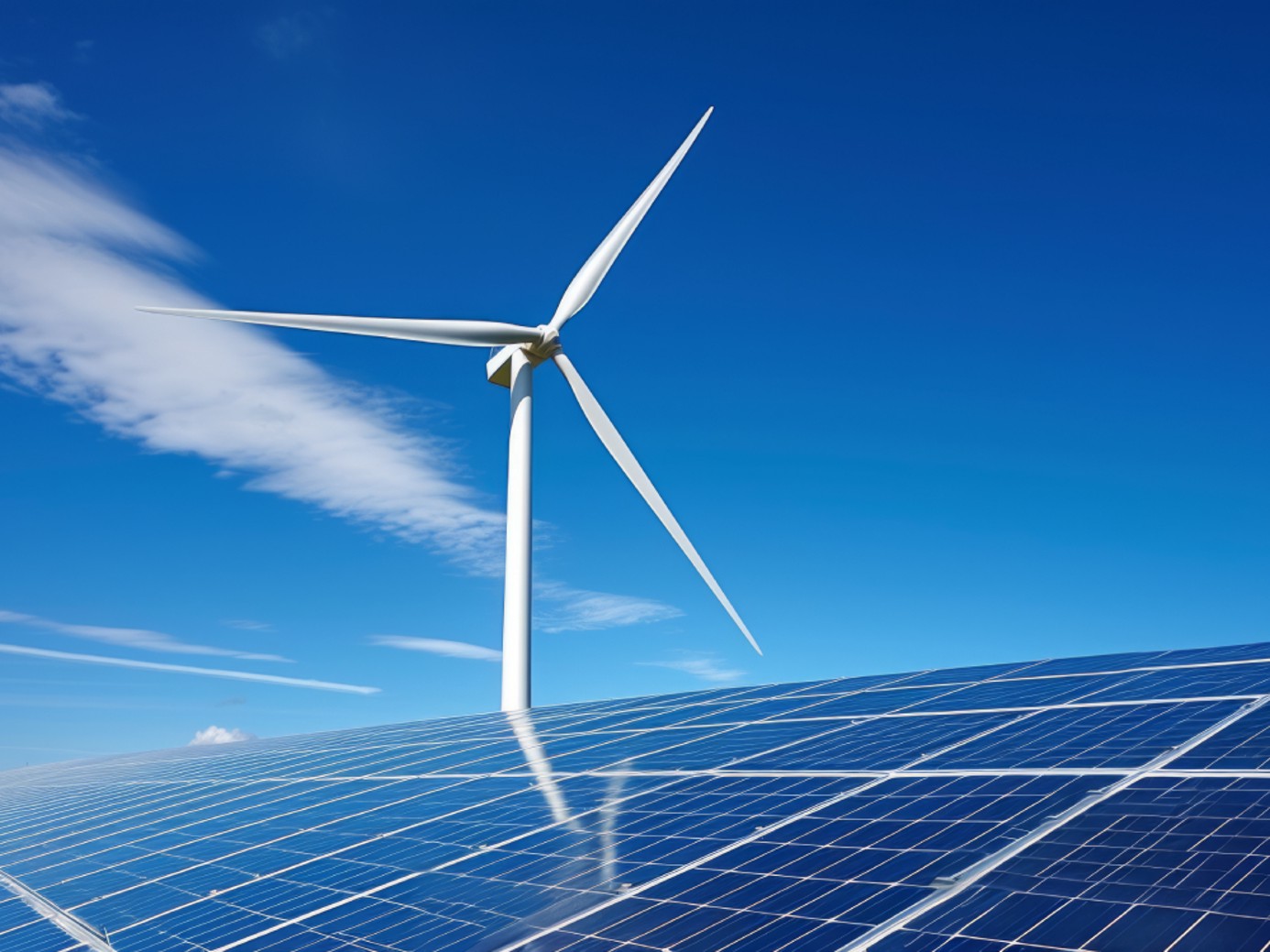Wind and sun surpass fossil fuels in the EU
Fossil fuels see a 17% decline in the first half of 2024
Date publishedSeptember 19, 2024
In the first half of 2024, wind and solar energy surpassed fossil fuels in electricity production within the European Union for the first time. According to a report by the British think tank Ember, wind and solar now account for 30% of EU electricity production, while fossil fuels have dropped to 27%. This marks a significant milestone in the EU's energy transition, especially considering that the overall electricity demand rose by 0.7% compared to the previous year.
Fossil fuels saw a 17% decline in the first half of 2024, with the most significant reductions in coal usage (down 24%) and natural gas (down 14%). Greenhouse gas emissions were also significantly reduced, nearly by a third, compared to the first half of 2022.
The growth in wind and solar capacity has been crucial for this progress. Several EU member states, including Germany, Belgium, Hungary, and the Netherlands, reported that for the first time between January and June 2024, they produced more electricity from renewable sources than from fossil fuels.
This shift toward renewable energy demonstrates that the transition is in full swing, but additional political support will be needed to facilitate the integration of new wind and solar capacities and ensure a stable and sustainable energy future for Europe.
This trend is also noticeable in Croatia, where, according to data from HEP, a record 5,688 new solar power plants were connected to the grid in the first half of 2024, a significant increase compared to the 8,666 connected throughout 2023.